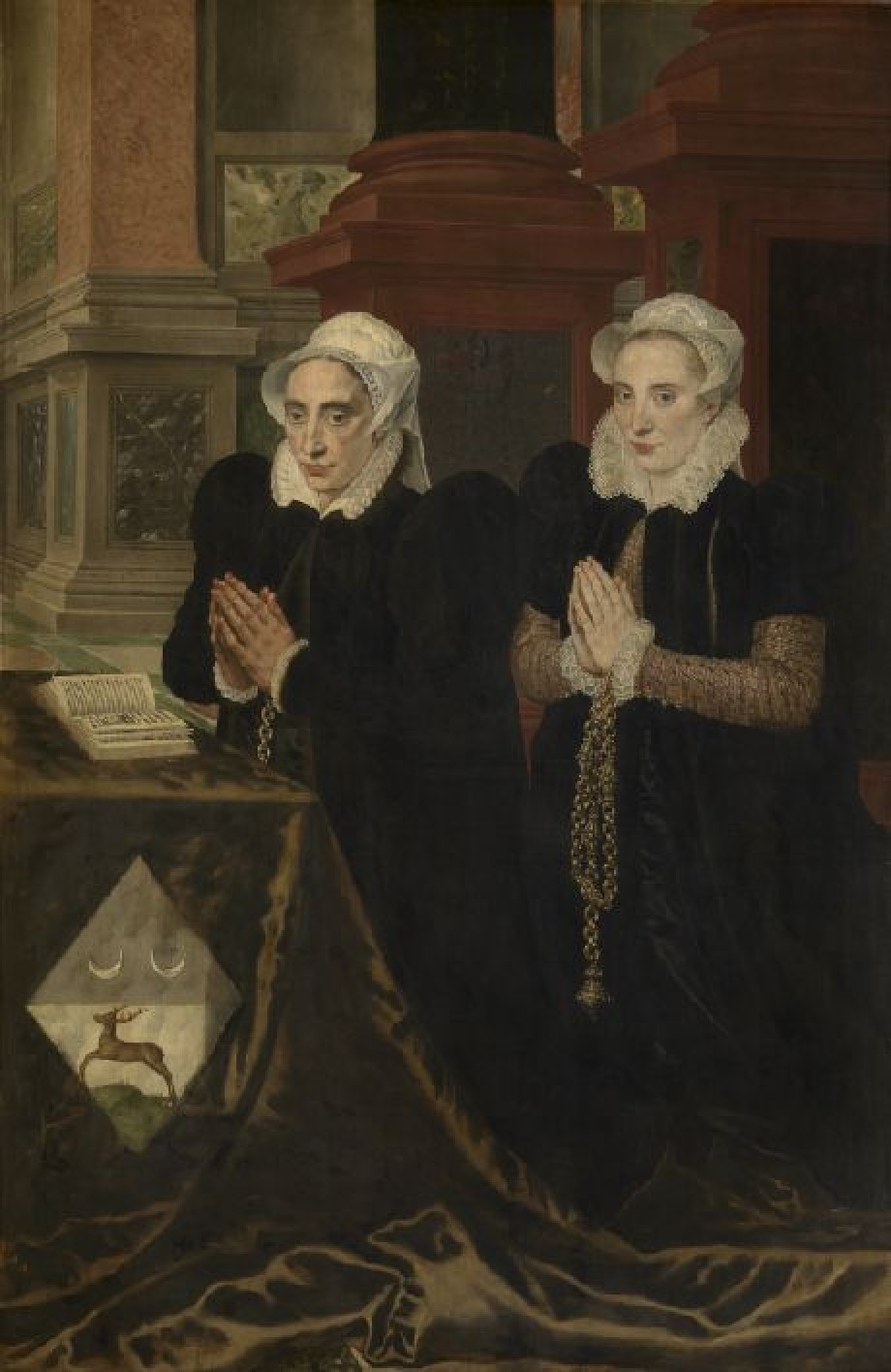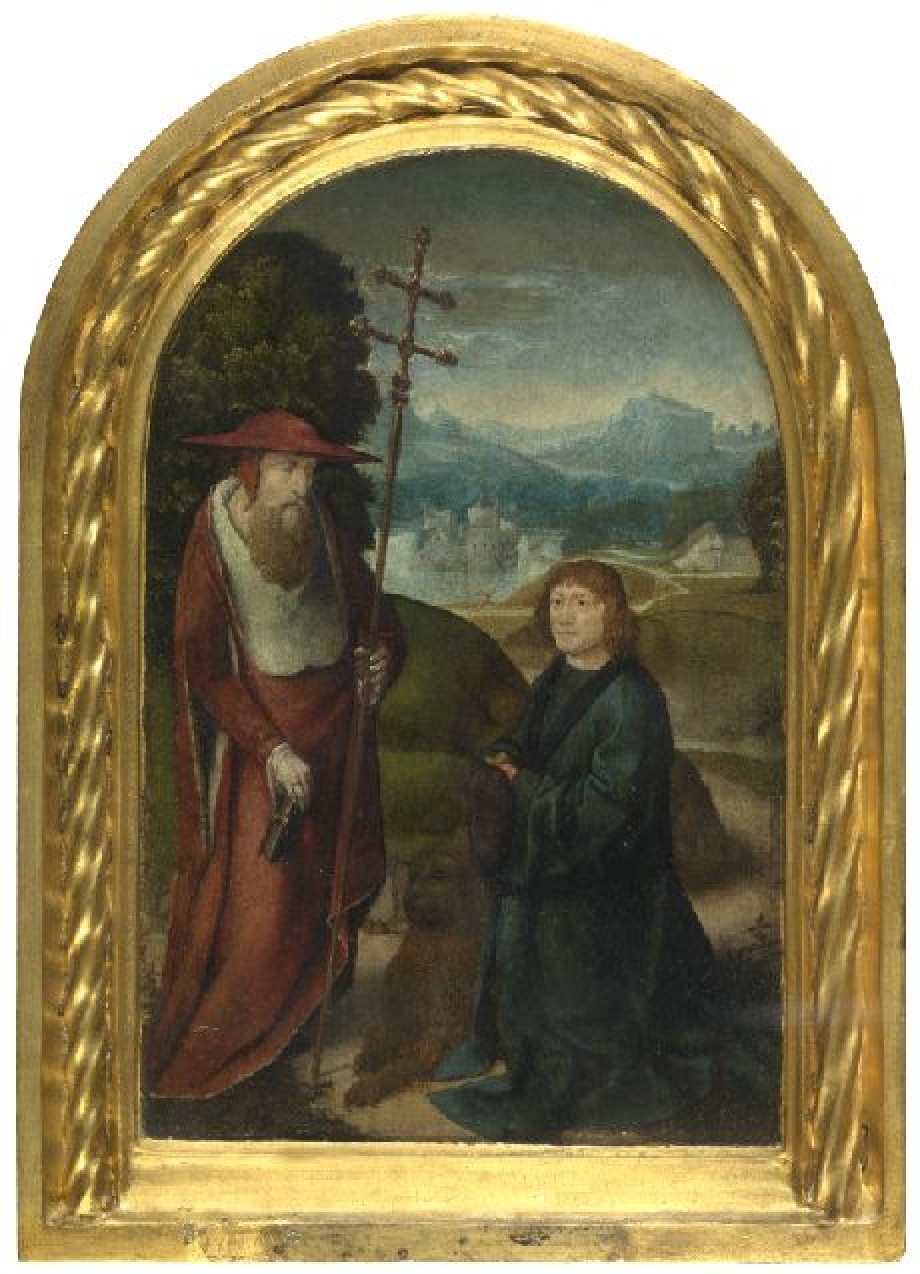The Martyrdom of Saint John

Date
(1511)Period
16th centuryCollection
Royal Museum of Fine Arts Antwerp
Grief and evil Each of the guilds representing the various groups of local artisans had an altar of its own in the Cathedral of Our Lady in Antwerp. For their altar, the city’s joiners commissioned this triptych from the celebrated painter Quinten Massys. Its central focus is a highly emotional scene in which the recently deceased, still-bloodstained Christ is surrounded…
Read more
Grief and evil
Each of the guilds representing the various groups of local artisans had an altar of its own in the Cathedral of Our Lady in Antwerp. For their altar, the city’s joiners commissioned this triptych from the celebrated painter Quinten Massys. Its central focus is a highly emotional scene in which the recently deceased, still-bloodstained Christ is surrounded by his closest companions, including his mother Mary and his disciple John, who is supporting her. The cross on which Jesus had died can be seen in the background at the top, where two other condemned men are still hanging. Meanwhile, his tomb is being prepared to the right.
Guilds had patron saints, those of the joiners being John the Baptist and John the Evangelist. The terrible fates suffered by these martyrs can be seen in the respective side panels. On the left panel, Salome is presenting a platter with the severed head of John the Baptist to her mother Herodias and her lover Herod. The execution itself is carried out in the background. In the panel on the right, John the Evangelist is being boiled in oil as punishment for heresy. His executioners – the figures below and above the cauldron – are palpably evil, their faces reminiscent of the grotesque heads that Leonardo da Vinci drew and painted around the same period (now in Windsor Castle). One way or another, Massys must have seen those works.
Massys’ triptych survived a major fire at the cathedral in 1533, attempts by royalty to buy it, the ‘Iconoclastic Fury’ of 1566, and the selling off of church art when Antwerp was declared a Calvinist republic. It is something of a surprise, therefore, that we can still admire the triptych in the city where it was created.
Read less











